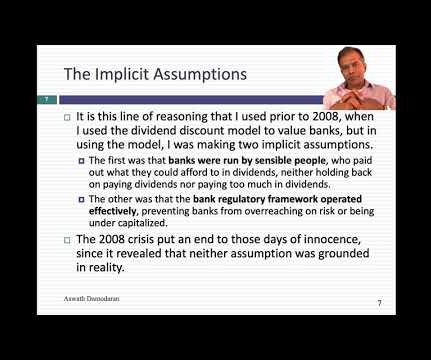VALUATION OF BUSINESS LOSING MONEY
The Mentor Group
APRIL 1, 2024
Discounted Cash Flow (DCF) Analysis: Despite being unprofitable currently, the business may have the potential to generate positive cash flows in the future. This involves estimating the value of the company’s assets if they were to be sold off collectively or individually, and its liabilities paid off.














Let's personalize your content